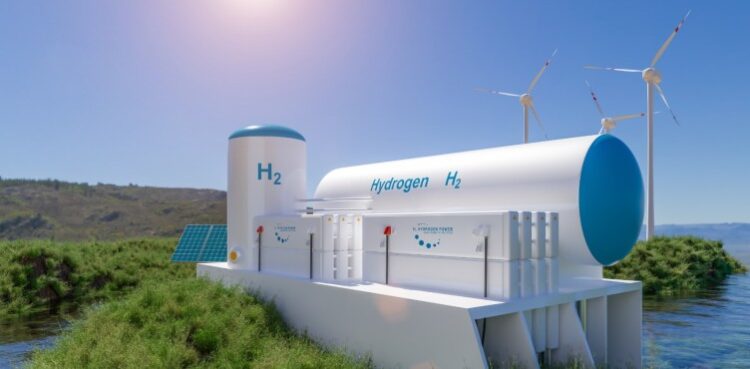
Prospects of Green Hydrogen

In the global race against the clock, the energy sectors of the world have been seeking alternatives to the most common source of power, fossil fuels. While energy transitions and the reality and feasibility of such a transition are constantly discussed and debated amongst experts and governments, and deserve a blog post of their own, there is no argument that these transitions are essential if the world is to stand a fighting chance against climate change and reduce its greenhouse gas emissions in line with the Paris Agreement to promote sustainable living. The most promising drivers of these transitions are solar energy, wind energy, and hydropower energy. However, a rather obscure and uncommon source of power in modern times is re-emerging in the energy markets and is becoming a key player in facilitating these energy transitions in the global sector. Green hydrogen, a low-carbon form of energy, is generated from the electrolysis of water, where the water molecule separates to give hydrogen and oxygen gases.
Before discussing the advantages, it is important to understand the limitations of green hydrogen. Electrolysis is the process of supplying molecules with energy to split them into smaller components. Therefore, to produce this energy source – energy must be consumed. Additionally, electrolysis is an energy intensive process, and is very expensive as well. Since the goal of green hydrogen is a non-carbon energy source, it would be counterproductive to power its production with fossil fuels. Thus, renewables would be needed to catalyse this process, an energy source that itself is very costly at the scale necessary to produce sufficient amounts of green hydrogen. However, with global goals of reducing carbon footprints, renewable energy sources are becoming more accessible and affordable, meaning that green hydrogen could overcome its main hurdle of cost of production, and the energy sector could utilise its many advantages.
